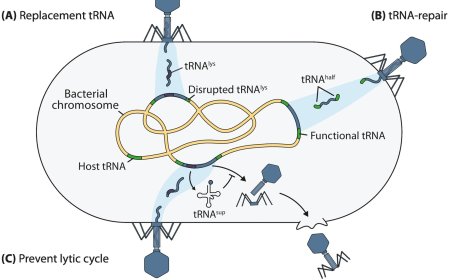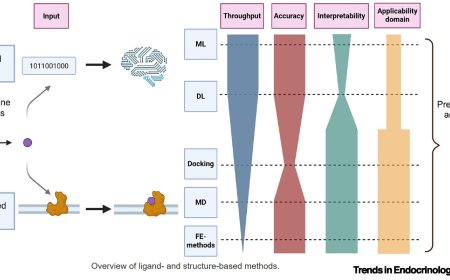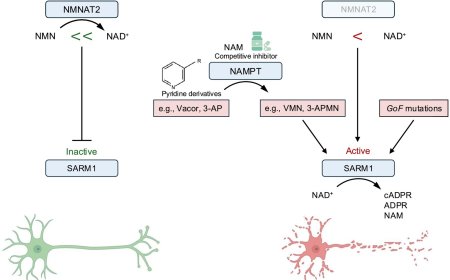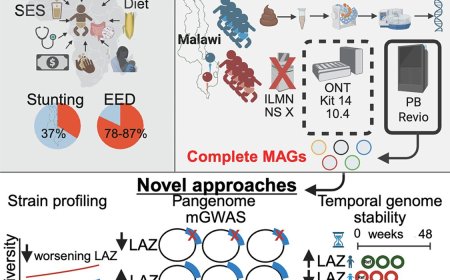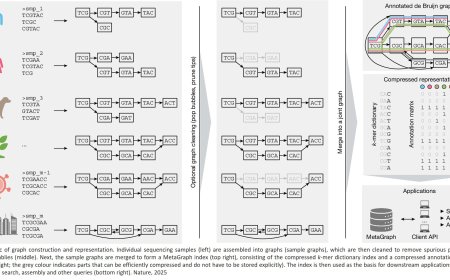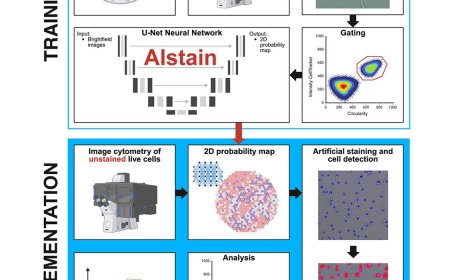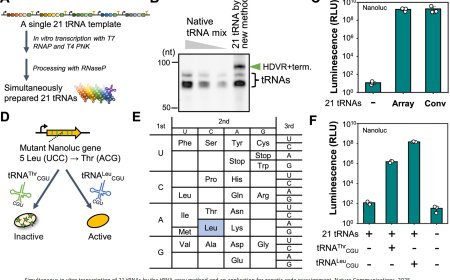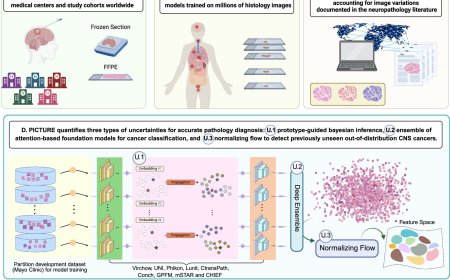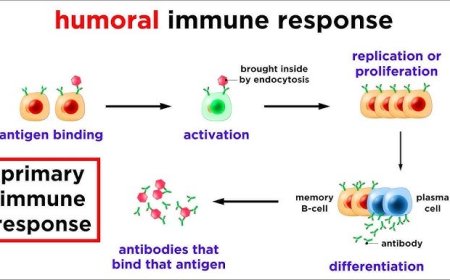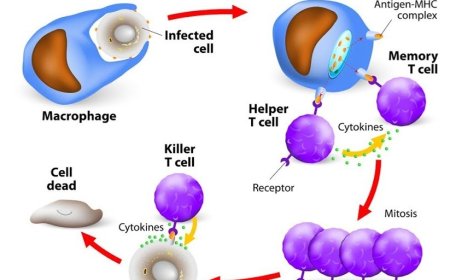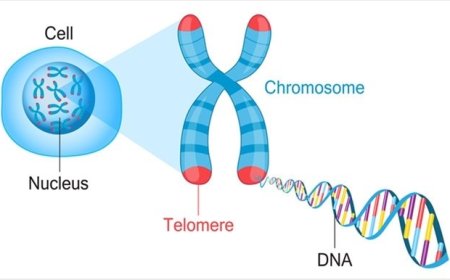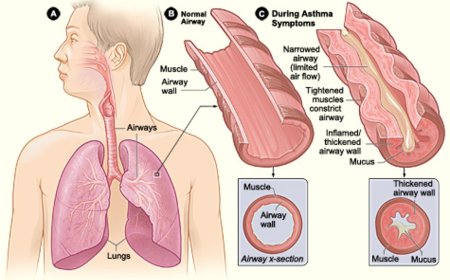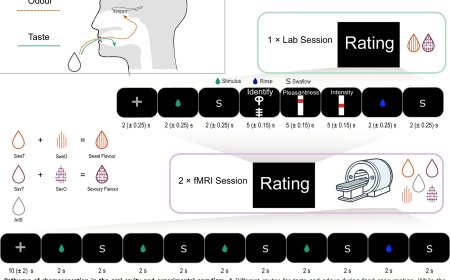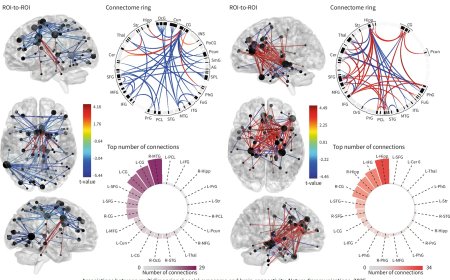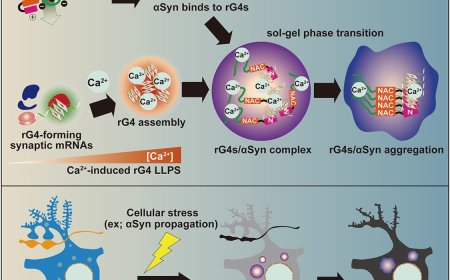What drives mood swings in bipolar disorder?
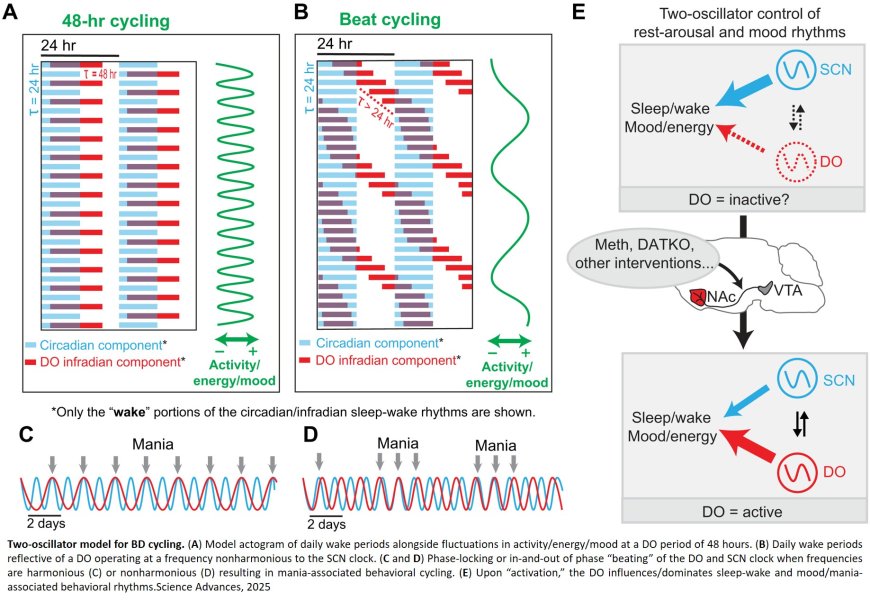
A brain rhythm working in tandem with the body’s natural sleep-wake cycle may explain why bipolar patients alternate between mania and depression, according to new research.
The study published in Science Advances marks a breakthrough in understanding what drives shifts between the two states, something that, according to the lead author is considered the “holy grail” of bipolar-disorder research.
“Our model offers the first universal mechanism for mood switching or cycling, which operates analogously to the sun and the moon driving spring tides at specific, recurring times,” said the author.
The findings suggest that regularly occurring mood switches in bipolar disorder patients are controlled by two “clocks”: the biological 24-hour clock, and a second clock that is driven by dopamine-producing neurons that typically influence alertness. A manic or depressed state may arise depending on how these two clocks, which run at different speeds, align at a given time.
Notably, the authors say this second dopamine-based clock probably stays dormant in healthy people.
To carry out their study, the scientists activated the second clock in mice to create behavioral rhythms similar to the mood swinging in bipolar disorder. When they disrupted dopamine-producing neurons in the brain's reward centre, these rhythms ceased, highlighting dopamine as a key factor in the mood swings of bipolar disorder.
Current treatments for bipolar disorder focus on stabilizing moods but often don’t address the root causes of mood swings, the researchers said.
“Our discovery of a dopamine-based arousal rhythm generator provides a novel and distinct target for treatment, which should aim at correcting or silencing this clock to reduce the frequency and intensity of mood episodes,” said the lead.
What remains unknown is the exact molecular workings of the dopamine clock, as well as the genetic and environmental factors that may activate it in humans. The research team’s next step will be to focus on these molecular "gears" and investigate these potential triggers.
https://www.science.org/doi/10.1126/sciadv.ado9965
https://sciencemission.com/dopamine-neurons-drive-infradian-rhythms
